There is plenty of talk about the Kenya Defence Forces being one of Africa’s most professional and disciplined militaries. However, not much attention is given to the uniforms that Kenya’s soldiers wear while defending the nation.
Unknown to many, the Kenya Defence Forces’ official uniform has seen tremendous changes since 1963, when Kenya gained independence from British colonial rule.
Initially established as the Kenya Military Forces by the first Kenyan parliament, it was renamed the Kenya Armed Forces in 1968.
The Army uniform back then was quite different from what we see today. Their official attire serves as a standardized dress code that creates a sense of identity and symbolizes authority.
Unknown to many, the Kenya Defence Forces’ choice of uniform is dictated by the ceremonies and operations scheduled for the day or season. The uniform has undergone major changes over the years, with today’s army dressed in more costly attire than in the past.
Pre-Independence (KAR: Before 1963)
Before independence, Kenyan military personnel wore uniforms inherited from the British colonial era. At that time, the military was known as the Kenya Army Rifles (KAR).
The British Colonial military uniform in Africa, which the KAR adopted, included shorts, belts, stockings, and long shirts. African officers and service members also wore a maroon fez made of animal skin, adorned with a royal cypher and crown.
Early KDF (KMF: 1963-1980s)
After gaining independence, Kenya shifted from British-style regalia to more practical and locally relevant uniforms. One of the changes was swapping shorts for trousers, making them standard wear for better functionality.
Another standout change was swapping the maroon fez for coloured berets like blue, black, green, and red, each one representing different units within the forces.
Badges and patches were also introduced to denote unit insignia, giving soldiers a sense of belonging and dedication to their duties.
Present KDF (1980s-present)
The disciplined forces introduced diverse dress codes in the 1980s, subtly incorporating Kenyan elements while aligning with global military trends. This dress code has evolved in colour and texture over the years.
The dress codes are complemented with either high-ankle boots or shoes, depending on the occasion and activity. Kenya Army regalia is adorned with aiguillettes, lanyards, medals, and various belts, varying by unit and rank.
Here are the various types of uniforms that were introduced:
1. Combat Dress
The Army’s wardrobe default is the jungle camouflage dress which is worn at the barracks, during training and also on missions. The fabric used to design it is meant to withstand rigorous military procedures.
In peaceful times, officers sport jungle caps and berets, but when duty calls, they are supposed to be in combat dress with body armour and helmets.
Combat dress code can be worn as battle order or full-scale marching order which requires the soldiers to pack extra gear such as uniforms, boots, navigation tools, cutlery, a mess tin set, a week’s ration, toiletries and a sleeping bag.
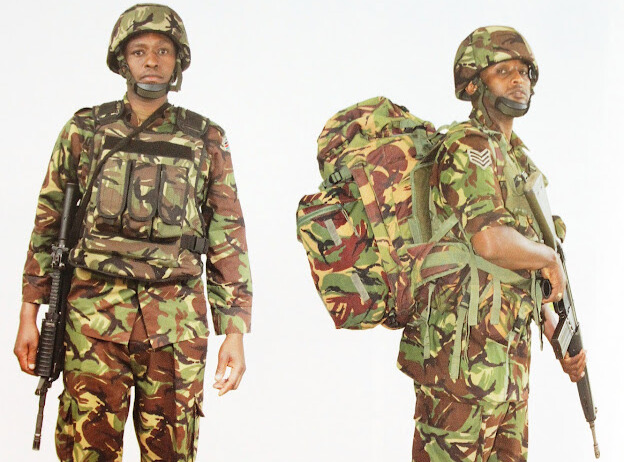
2. Static Line Full Gear
This gear is worn by special operations forces during airborne operations. Night vision attached to the helmet enables troops to operate in darkness.
The main parachute, weighing 18kg, consists of five major components: the harness assembly worn by the paratrooper, the riser assembly, the deployment bag, the pack tray, and the canopy.
Other components of this gear include a ballistic helmet, eye protection goggles, an all-purpose lightweight carrying equipment bag, a laptop, a rifle with seven loaded magazines, a pistol, a spare uniform, a week’s ration, rappel rope, a survival knife, and body armour.
In total, the static line full gear can weigh up to 60.5 kg.
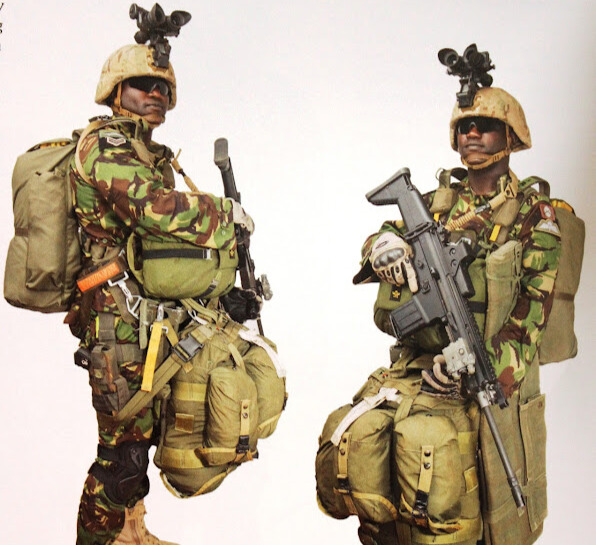
3. Static Line Overhead Assault Suit
This is worn by special operations forces during covert operations. The suit provides ballistic protection and helps in the identification of friendly forces in enemy territory.
Above the ballistic helmet is a multi-functional thermal imager that improves visibility in harsh conditions such as darkness, dusty and smoky areas. In total, these suits can weigh up to 32 kg.
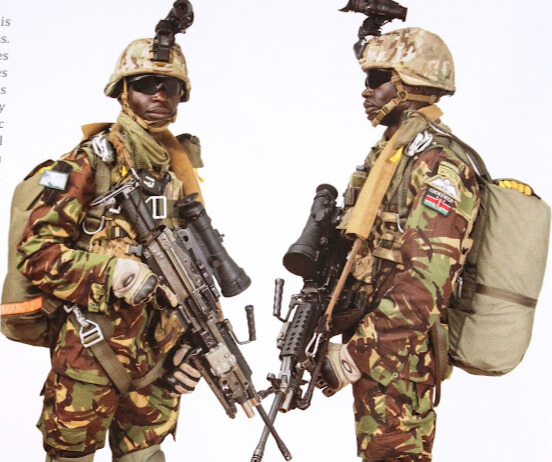
4. PD Jumping Free Fall Suit
During covert operations, special forces rely on specialized gear, weighing approximately 17 kg, for insertion.
The kit features a free-fall square parachute, helmet, eye protection goggles, radio with headset, pistol, rifle equipped with a dual laser beam and combat optical gunsight scope, gloves, and an altimeter to navigate the heights.
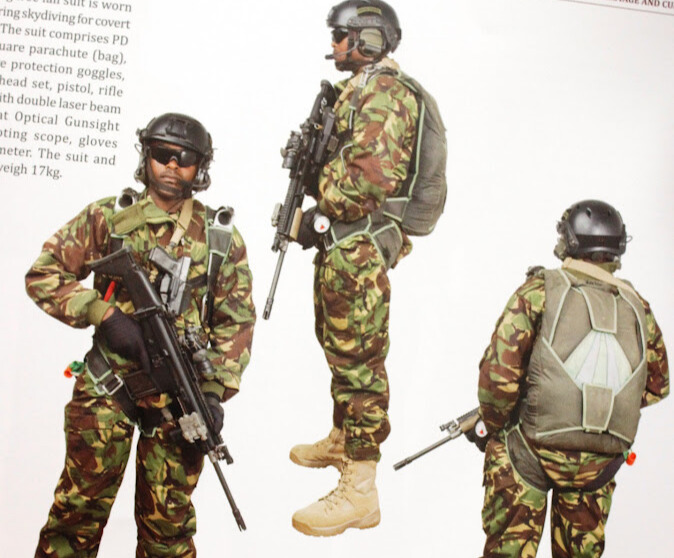
5. Flying Gear
Army pilots and technicians wear this gear while flying. For flights over water, they use life preserver units that automatically deploy, ensuring injured or unconscious crew members stay afloat with their heads above water.
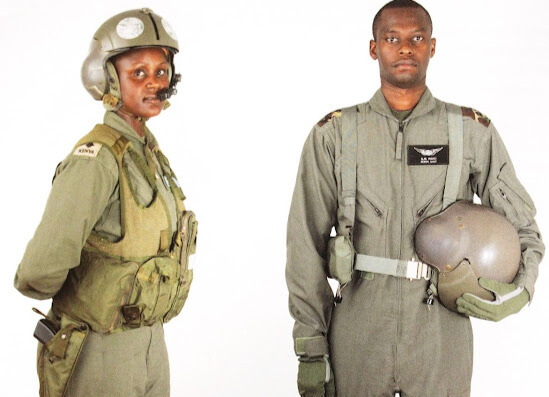
6. Battle Physical Training Gear
Service personnel of all ranks wear this outfit during physical training sessions.
It includes boots, camouflage trousers, and a choice of a red or white vest. Depending on the training, they may also wear a pullover.

7. Number 1 dress
Military personnel wear this attire during ceremonies like national day parades, pass-outs, inspections, and regimental days. It’s paired with a poplin shirt and tie.
During military funerals, a black armband is added to the left arm. Commissioned officers may wear a Sam Browne belt with a sword as needed, while general officers wear aiguillettes.
Furthermore, service members wear white nylon belts instead of brown belts. Military personnel also wear designated forage caps and medals to complete their uniform during ceremonial occasions.
8. Number 2 dress
Officers may choose to wear this attire on regular workdays or specific peacetime occasions. It consists of a jacket paired with a regimental lanyard and a service dress cap as headgear. It is worn with black shoes and ribbons, rather than medals.
9. Working Dress
Officers may wear this attire in peacetime office settings. It can be paired with a nylon green or stable belt, along with a matching lanyard.










